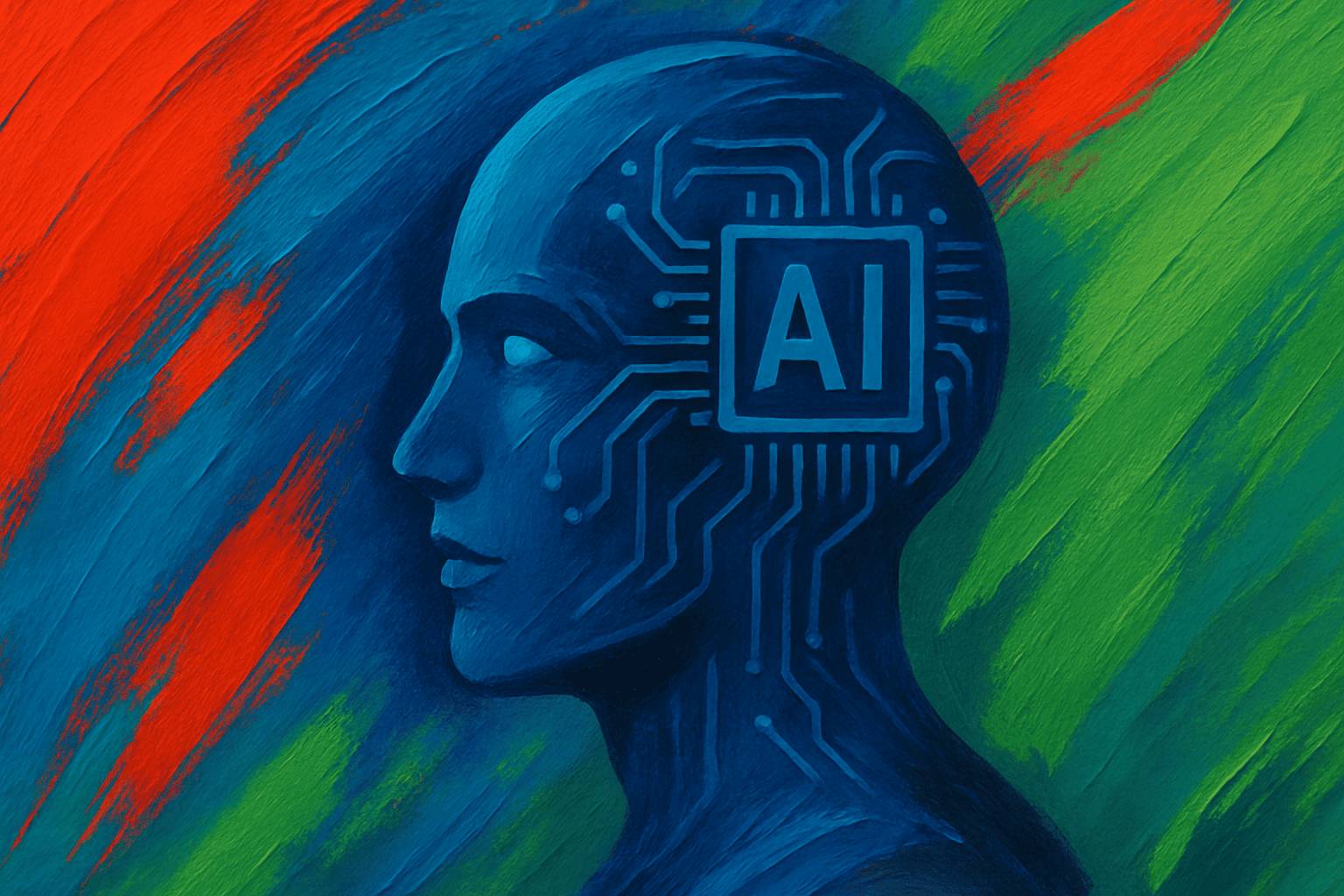In a conversation with Brian Greene at the World Science Festival, multimedia artist Matthew Ritchie discussed the fascinating convergence of artificial intelligence (AI) and the visual arts.
Ritchie, whose body of work spans painting, sculpture and digital media, has been exploring AI’s potential within his creative practice. When asked about AI’s role in reshaping the artistic landscape, he remarked: “We’re in a moment where artists are going to subvert this technology like they always do. We’re going to find a way to make it meaningful.” His words underscore the age-old artist’s drive to transform tools into mediums of deeper expression.
One of the core concepts Ritchie explores is how AI can facilitate this subversion through the process of “machine learning,” in which systems compile and analyze vast amounts of data to generate outputs. He likens the current AI-generated art to an unpredictable but captivating “soup.”
“You write in ‘make an image,’ and a thing emerges from the soup,” Ritchie began to explain. “You don’t have any real control over it, and if you ask again, a different thing will emerge.” This randomness, far from being a drawback, has become a new frontier for artists to explore the boundaries of creativity.
Ritchie’s artistic journey with AI hasn’t just been about working within technological constraints, but also about recognizing its potential to mirror our creative processes. He provocatively noted: “We might see in our lifetime a machine thinking. AI produces visuals that are the closest we’ll ever get to looking inside the dream state of a computer.” In many ways, this represents a new type of collaboration between human and machine — one where the resulting art can reflect both human intentionality and the enigmatic ‘dreams’ of an AI system.
Of course, AI’s role in the arts is not without controversy. There are ongoing debates about whether AI-generated works can truly be considered creative or if they merely rearrange pre-existing elements in novel ways.
“What we want from our art is that strangeness, that sense that a person showed up and made a beautiful, strange thing,” said Richie. “AI will never fulfill that space.” His observation suggests that while AI may produce fascinating and sometimes compelling outputs, it may lack the inherent human qualities — emotion, experience, individuality — that define the most resonant works of art.
Nevertheless, Ritchie remains optimistic about the future. He advocates for broader access to AI tools, pushing against the monopolistic control of large corporations.
“There’s always the opportunity to play the game again. Let’s advocate for it and bring it into the public domain,” he asserted. In this view, AI should be democratized, allowing artists of all backgrounds to experiment and create with these powerful new tools.
As AI continues to evolve, its impact on the world of visual arts remains a topic of ongoing exploration. For Ritchie, the key takeaway is that AI, like all tools throughout history, will not replace the artist, but rather offer new pathways for artistic expression. In his words: “There’s a strangeness to being human that AI will never fully capture. We seek the weird, and AI will never stop us from finding it.”
In an era of unprecedented technological change, this creative ‘weirdness’ may be what keeps art truly human.






